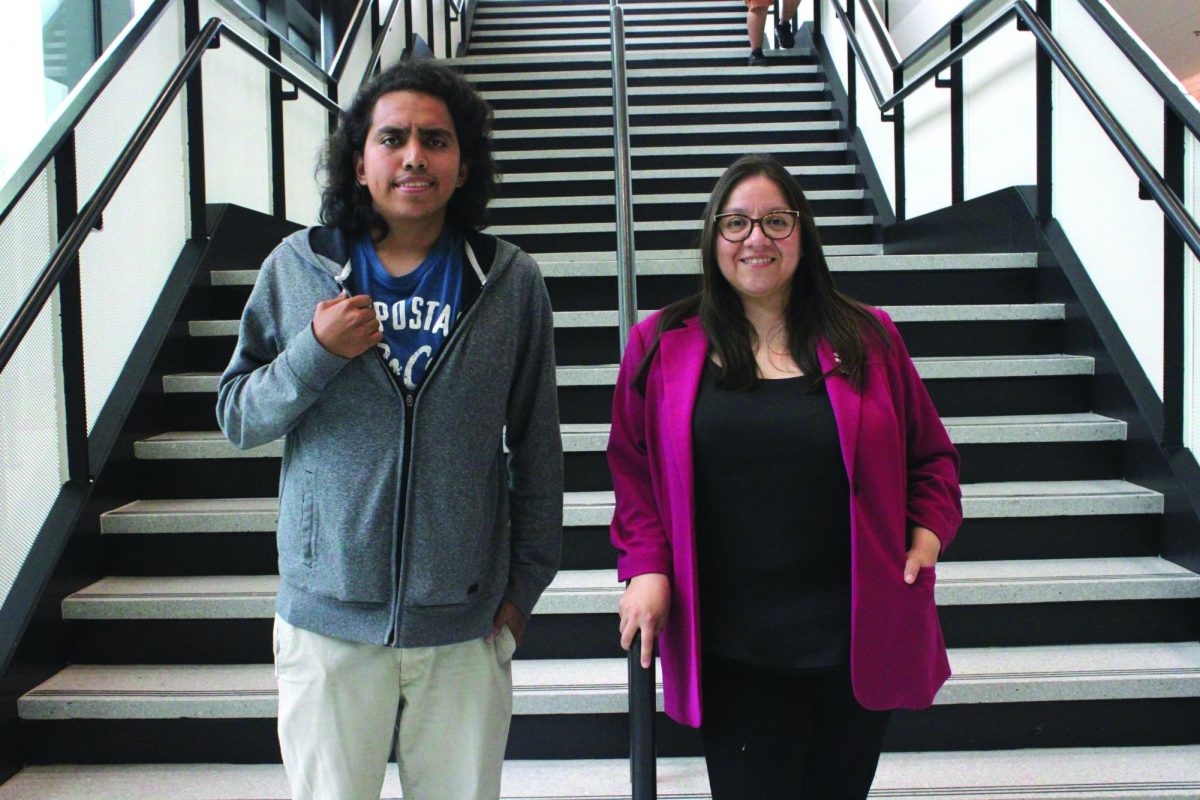By Hunter Cave
Like a detective searching for clues in a crime scene, art authentication expert Meredith Meuwly uses acute observation, scientific testing and background checks to appraise art- work and memorabilia.
Meuwly is the director of appraisal services at Heritage Auctions in Dallas, where she has a unique job.
“People pay me to tell them what their stuff is worth,” she said. “To be their detective … to find out what they have. I chose this because it was a good mix of my art history background and business. I liked the ‘Why does this equate this value?’ ‘What are economic trends?”
In honor of the 2015-2016 common book “The Maltese Falcon,” Meuwly decided to share her passion with about 65 attendees in her “Fakes and Forgeries” presentation last Wednesday.
There are several methods used to deduce the authenticity and value of various items. Meuwly said factual information, such as publicity photos or statements from the artist, athlete or other person of significance, is useful to determine an item’s relationship to the person.
If a contradiction is found, the item is likely a forgery.
Each test has limitations, so provenance and scholarly opinion are also valuable resources. Receipts help appraisers follow the collectible’s “paper trail,” hopefully leading to the original owner or creator.
When verifying a piece of artwork, Meuwly looks for a catalogue raisonne, a book that re- cords every known piece of work an artist has created. The author of the raisonne is often contacted to verify the piece.
While contacting experts of the artist, such as family and scholars, can be very helpful, Meuwly said their opinions should be evaluated with caution. Family members might authenticate an artist’s work for financial gain, regard- less of whether or not they actually created it.
Meuwly concluded her presentation with a sample case study: the coveted falcon figurine from the 1941 film adaptation of “The Maltese Falcon” starring Humphrey Bogart.
One of two known figurines used for the film was auctioned at Bonhams in November 2013, measuring 12 inches high and weighing about 45 pounds. The falcon’s description states, “cast lead with dark patina, figure of a falcon on a pedestal with smooth breast feathers, almond eyes and rounded tail feathers. With Warner Bros. prop department inventory number ‘WB 90067’ to rear tail feathers and underside. Some scratches to head and chest, lower right tail feather visibly bent.”
“The tail feathers were bent because Bogart did drop the piece … and he hurt his toes,” Meuwly said.
Identifying features such as this can help determine if the falcon is genuine. The falcon was
Executive Dean of Student Engagement and Retention Courtney Carter-Harbour, who organized the event, said the presentation exceeded her expectations. Carter-Harbour praised Meuwly for her “ability to connect with the students, to engage and excite them” about the art appraisal profession.
Meuwly earned her bachelor’s degree in classical studies and art history from Duke University in 2000 and a master’s degree in modern art, connoisseurship and the history of the art market from Christie’s Education in 2001.
She also works as an appraiser for PBS’s “Antiques Roadshow,” where she has valued many treasures, including a “black forest carved wood clock, ca. 1890” valued at $3,000-$6,000 and a “Handel bronze lamp, ca. 1900” valued at $1,500-$2,000.
In 2015, the International Society of Ap- praisers honored Meuwly with the Distinguished Service Award “for her contributions and dedication to the field of personal property appraisals.”






